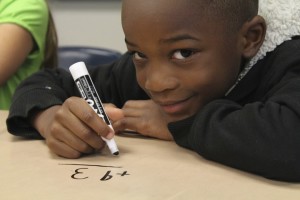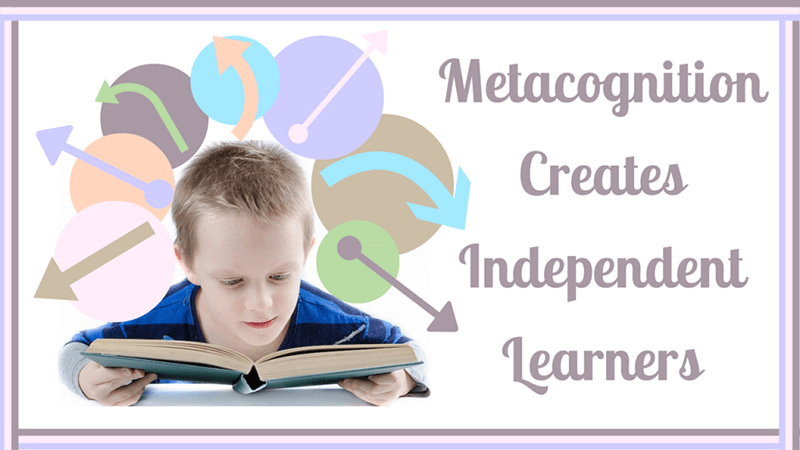Metacognition Creates Independent Learners
Written by Taylor Quinn
Published on April 18, 2016
Metacognition is the awareness and understanding of one’s own thought processes– there are three ways of going about this. But unfortunately, public schools usually only teach one.
Ron Ritchhart, a Project Zero senior research associate at the Learning and Brain Conference, said that if students don’t have metacognition strategies, then they are are waiting for someone to direct our thinking. In short, he said that these strategies help students become more independent learners.
His theory is that if educators can make thinking more visible, and help students develop routines around thinking, then their thinking about everything will deepen.
Public schools only teach “Thinking about thinking” which includes slowing down to take note of how and why students are thinking. It also includes seeing thinking as an action they are taking. When teachers say “show your work” or “write down your process,” they are referring to thinking about thinking.
Monitoring thinking is the second way of reaching metacognition. It’s when a student is reading and stops to realize he’s not really understanding the meaning behind the words.
 The third form is called directing thinking. It happens when students can call upon specific thinking strategies to redirect or challenge their own thinking.
The third form is called directing thinking. It happens when students can call upon specific thinking strategies to redirect or challenge their own thinking.
He advocates creating what he calls a “Culture of Thinking” which can exist in any place where learning is a part of the experience.
Ritchhart and his colleagues have been working to zero in on a short list of “thinking moves” related to understanding to help reach metacognition.
- Naming: being able to identify the parts and pieces of a thing
- Inquiry: questioning should drive the process throughout
- Looking at different perspectives and viewpoints
- Reasoning with evidence
- Making connections to prior knowledge, across subject areas, even into personal lives
- Uncovering complexity
- Capture the heart and make firm conclusions
- Building explanations, interpretations, and theories.
Using these different techniques will help take your child out of the monotony of a grade school classroom. They will be forced to switch off of autopilot and think about how they are receiving and comprehending information.
Improve Your Child’s Reading
Learn more about Lexercise today.
Schedule a FREE
15-minute consultation



Leave a comment